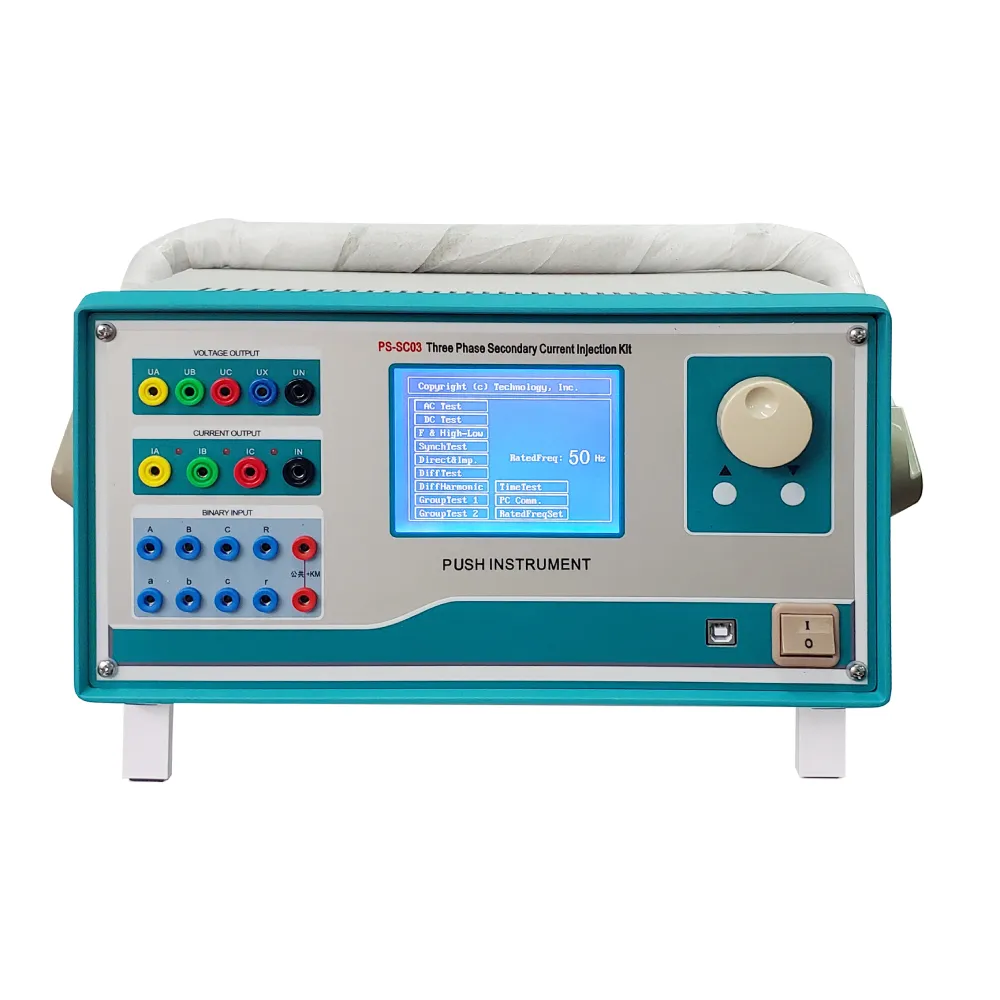 English
English


Understanding the Role of Mass Spectrometer Detectors in Enhancing Gas Chromatography Analysis
The Role of Mass Spectrometer Detectors in Gas Chromatography
Gas chromatography (GC) is a powerful analytical technique widely used for separating and analyzing compounds that can vaporize without decomposing. In the realm of analytical chemistry, the combination of gas chromatography with mass spectrometry (GC-MS) has become a cornerstone for qualitative and quantitative analysis of volatile and semi-volatile substances. The integration of mass spectrometer detectors in gas chromatography significantly enhances the analytical capabilities of GC, providing invaluable insights into the composition of complex mixtures.
At its core, gas chromatography relies on the separation of compounds in a sample based on their boiling points and interactions with the stationary phase of a chromatographic column. The separated compounds exit the column at different times, known as retention times. In a traditional GC setup, these components are typically detected using flame ionization detectors (FID), thermal conductivity detectors (TCD), or electron capture detectors (ECD). While these detectors provide important information regarding the presence and concentration of compounds, they offer limited structural information about the separated analytes.
The introduction of mass spectrometer detectors fundamentally changes this dynamic. A mass spectrometer works by ionizing the sample molecules and then separating them based on their mass-to-charge ratio (m/z). The resulting mass spectrum provides a unique fingerprint for each compound, allowing for both identification and quantification. When coupled with gas chromatography, mass spectrometry serves as a powerful identifier that adds a dimensional aspect to the analysis.
One of the most significant advantages of using mass spectrometer detectors in gas chromatography is sensitivity. Mass spectrometers can detect compounds at very low concentrations, often in the picogram per liter range. This sensitivity is crucial in various applications, including environmental monitoring, forensic analysis, and the detection of trace contaminants in food products. In scenarios where regulatory compliance is needed, such as monitoring pesticides in agricultural products or pollutants in air and water samples, the GC-MS system proves invaluable.
mass spectrometer detector in gas chromatography

Additionally, the specificity of the mass spectrometer provides enhanced analytical capabilities. Different compounds can produce distinct mass spectra, which enables the differentiation of isomers—molecules with identical molecular formulas but different structural arrangements. This specificity is particularly beneficial in complex mixtures, where traditional detectors may struggle to distinguish between closely related compounds.
Moreover, the mass spectrometer's ability to perform tandem mass spectrometry (MS/MS) adds another layer of analytical depth. By fragmenting ions in a controlled manner, it allows for detailed structural elucidation of unknown compounds. This capability is particularly advantageous in pharmacokinetics and metabolomics, where understanding the metabolic pathways of compounds is essential.
Despite the advantages, the integration of mass spectrometry into gas chromatography is not without challenges. The complexity of the instrumentation, along with the need for skilled personnel to operate and interpret the results, can limit the accessibility of GC-MS systems. Additionally, the costs associated with maintenance and operation may pose a barrier for some laboratories.
In conclusion, the incorporation of mass spectrometer detectors into gas chromatography has revolutionized the field of analytical chemistry. This powerful combination not only enhances the sensitivity and specificity of analyses but also enriches our understanding of complex mixtures through detailed structural information. As technology continues to advance, the role of GC-MS will likely expand, further elucidating the intricacies of chemical compounds and their interactions in various fields, including environmental science, pharmaceuticals, and food safety. The future of analytical methods holds great promise, with GC-MS standing at the forefront of this evolution.
-
Differences between open cup flash point tester and closed cup flash point testerNewsOct.31,2024
-
The Reliable Load Tap ChangerNewsOct.23,2024
-
The Essential Guide to Hipot TestersNewsOct.23,2024
-
The Digital Insulation TesterNewsOct.23,2024
-
The Best Earth Loop Impedance Tester for SaleNewsOct.23,2024
-
Tan Delta Tester--The Essential Tool for Electrical Insulation TestingNewsOct.23,2024





